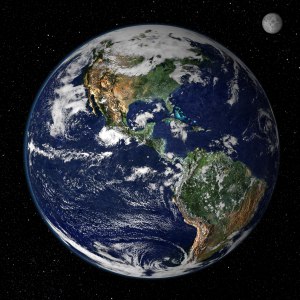Evidence left at the crime scene is abundant and global: Fossil remains show that sometime around 252 million years ago, about 90 percent of all species on Earth were suddenly wiped out — by far the largest of this planet’s five known mass extinctions. But pinpointing the culprit has been difficult, and controversial.
 An outburst of methane produced effects similar to those predicted by current models of global climate change: a sudden, extreme rise in temperatures, combined with acidification of the oceans. In the case of the end-Permian extinction, virtually all shell-forming marine organisms were wiped out — consistent with the observation that such shells cannot form in acidic waters.
An outburst of methane produced effects similar to those predicted by current models of global climate change: a sudden, extreme rise in temperatures, combined with acidification of the oceans. In the case of the end-Permian extinction, virtually all shell-forming marine organisms were wiped out — consistent with the observation that such shells cannot form in acidic waters.
Earth image by NASA
The perpetrators, this new work suggests, were not asteroids, volcanoes, or raging coal fires, all of which have been implicated previously. Rather, they were a form of microbes — specifically, methane-producing archaea called Methanosarcina — that…
View original post 778 more words